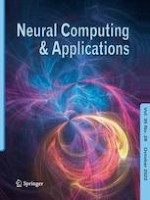04.08.2023 | Original Article
Activity recognition in rehabilitation training based on ensemble stochastic configuration networks
Erschienen in: Neural Computing and Applications | Ausgabe 28/2023
EinloggenAktivieren Sie unsere intelligente Suche, um passende Fachinhalte oder Patente zu finden.
Wählen Sie Textabschnitte aus um mit Künstlicher Intelligenz passenden Patente zu finden. powered by
Markieren Sie Textabschnitte, um KI-gestützt weitere passende Inhalte zu finden. powered by
